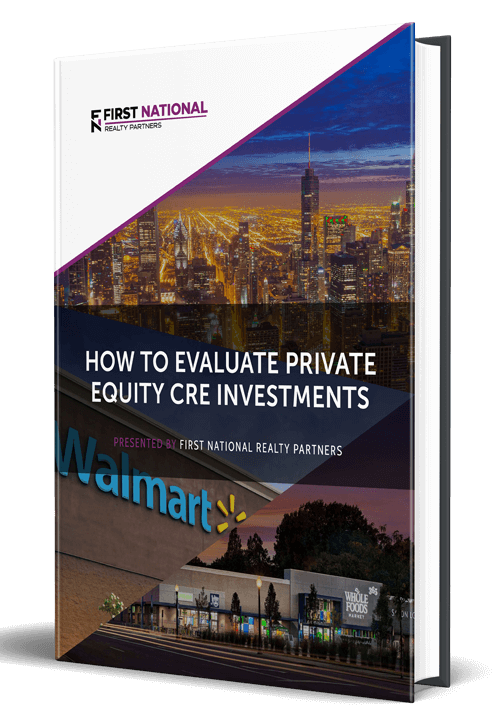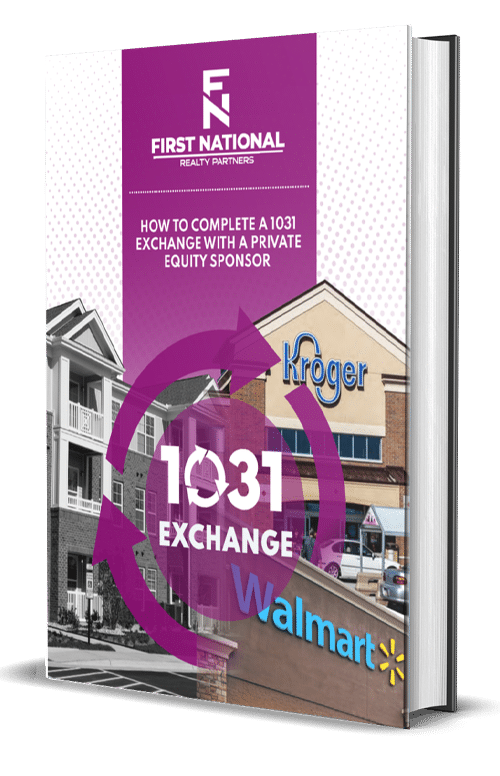Commercial real estate (“CRE”) is a physical asset that requires regular maintenance to prevent the property from falling into a state of disrepair. For example, a multifamily property’s landscaping is the first thing that many potential tenants will see and, if it is overgrown and unsightly, it could turn them off from signing a lease. The fewer tenants an investment property has, the less cash flow it produces, and the less money that is available for needed repairs and maintenance, which can produce a downward spiral that can be negative for everyone involved.
Lack of attention to the physical upkeep of a property is typically caused by one of two conditions, neglect or lack of capital. In some cases, a property owner may not want to or care to invest the capital needed to properly maintain the asset. Or, a property owner may have the best of intentions, but they may lack the capital needed to make the necessary investments. In either case, the result is the same, the property becomes “starved” for capital and can present an excellent opportunity for real estate investors (like us) with the resources and operational expertise to purchase and reposition the asset.
How to Identify Value-Add Properties That Are Starved for Capital
As value-add investors, we like the idea of identifying a value-add commercial property that we can acquire at an attractive price. But, identifying these opportunities is easier said than done. In most cases, a capital starved asset can be identified in one of two ways, visually or quantitatively.
Put A visual inspection of a property can reveal fairly obvious clues that the property’s maintenance has been neglected. Tell tale signs include:
- Landscaping that is dead, dying, or overgrown with weeds
- A significant number of chips or cracks in the exterior paint
- Parking lots that are uneven and/or cracked with weeds growing through them
- Outdated color schemes
- High levels of vacancy and/or dark storefronts
- Clear signs of water damage, rust, or other physical degradation on the interior of the property
- Cracks in the roof
- Debris or other types of litter around the property
Observation of one or more of these signs is likely a clue that the property is being neglected, but the irrefutable evidence is found in the financial statements.
If we visually observe evidence of neglect, we like to go one step further and request the property’s Income Statement, which is a detailed accounting of all income and operating expenses in a given year. When reviewing it, we look at two specific line items for further evidence that the property is being starved for capital, Repairs & Maintenance and CapEx Reserves.
The Repairs & Maintenance line item will quickly reveal whether or not the current owner is allocating adequate funding to the property’s upkeep. We can compare the actual cost with industry standard best practices to determine if the allocation is adequate. Looking towards the future, the “CapEx Reserves” line item will reveal whether or not the owner is setting aside enough funding for future major repairs like painting, repaving the parking lot, or replacing the air handling system.
If our research reveals that the property is indeed starved for capital, it can present a good opportunity to acquire it at a discount to intrinsic value and implement our business plan to turn it around.
How We Add Value
Acquiring the asset at an attractive price creates an excellent foundation upon which to add value for our investors. But, the term “add-value” can be overly broad. Specifically, it means increasing the property’s Net Operating Income (“NOI”) through some combination of higher rents and/or lower expenses. The specific investment strategies may vary by property type and/or asset class (e.g. we may pursue certain projects for an office building and others for a retail shopping center), but there are a number of ways this can be accomplished:
- Renovations: If a property is or has been starved for capital, it is likely that the owner has not invested in the types of repairs and upkeep needed to keep the property in good physical condition. If the asset can be acquired at an attractive price, the necessary capital can be invested in the physical renovations and cosmetic improvements needed to bring the property back to market standards and increase its attractiveness to future tenants.
- Insourcing: Many property owners rely on third-party management companies to keep the property in good shape, but it doesn’t always go as expected. In our own case, we are a vertically integrated firm with a staff of talented property management professionals. So, we like to “insource” the property management function, which serves to both save the property money and give us more control over the day to day operations of the asset. This way, we can ensure it does not fall into a state of disrepair.
- Expense Management: Through years of experience, we have a good feel for how much it should cost to run a property efficiently, while properly funding reserve accounts for future capital expenditures. When we acquire a property that is starved for capital, we like to implement a proven expense management program to bring the property up to market standards. This does not always mean cutting expenses. In some cases it means spending more, particularly on repairs and maintenance.
- Tenant Mix: Often, capital starved properties have high vacancy rates because the best tenants have moved on to other locations. By acquiring the asset and improving the physical condition, we can leverage long standing relationships and our newly renovated space to attract new tenants at then market rates to improve the asset’s tenant mix, increase occupancy, and improve net operating income.
- Recapitalization: To ensure the property has adequate operating reserves for a rainy day in the future, we will also “recapitalize” it, which means that we will review and estimate the remaining useful life of the most expensive components of the property (roof, parking lot, electrical systems, plumbing, etc) and replenish the property’s operating reserve accounts to ensure there is enough money to pay for these capital improvements when the time comes. In addition, we will review the property’s operating budget and make sure that we are allocating enough funds from operating income to ensure that these reserve accounts remain well funded.
Because commercial real estate market values are based on the amount of Net Operating Income that a property produces, the goal of each of these value-add projects is to increase it. For example, simply leasing vacant space has an immediately accretive impact to Net Operating Income, which instantly makes the property more valuable. To illustrate how impactful this can be, assume a 7% cap rate. For each $1 increase in Net Operating Income, the property’s value increases by $14.28 ($1 / 7%). At scale, acquiring a capital starved property and leveraging our operational experience and expertise to add value can be a very effective way to increase the rate of return we deliver to our investors.
Interested In Learning More?
First National Realty Partners is one of the country’s leading private equity commercial real estate investment firms. With an intentional focus on finding world-class, multi-tenanted assets well below intrinsic value, we seek to create superior long-term, risk-adjusted returns for our investors while creating strong economic assets for the communities we invest in.
If you would like to learn more about our investment opportunities, contact us at (800) 605-4966 or info@fnrealtypartners.com for more information.






